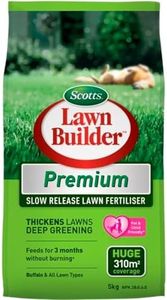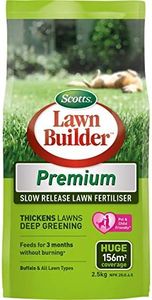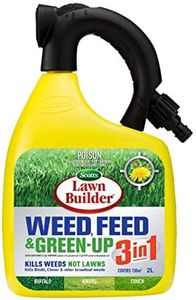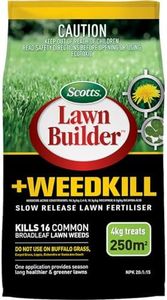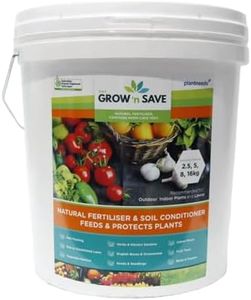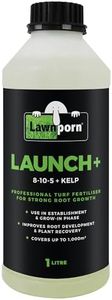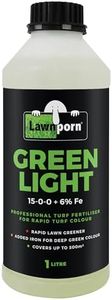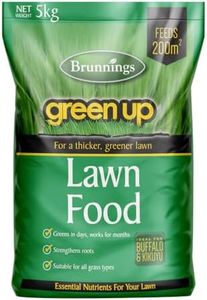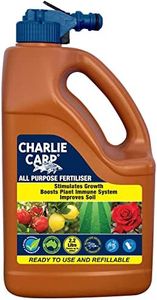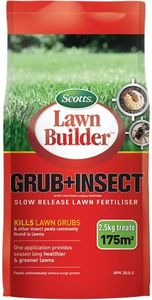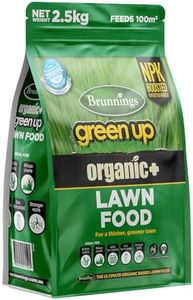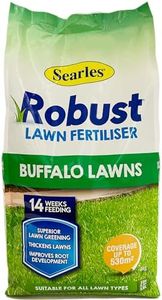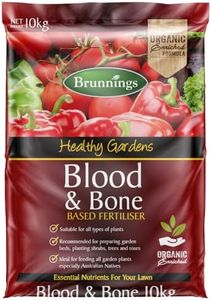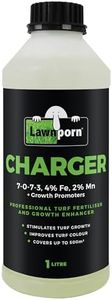We Use CookiesWe use cookies to enhance the security, performance,
functionality and for analytical and promotional activities. By continuing to browse this site you
are agreeing to our privacy policy
10 Best Fertilizer For Green Grass
From leading brands and best sellers available on the web.Buying Guide for the Best Fertilizer For Green Grass
Choosing the right fertilizer for green grass can make a huge difference in the health and appearance of your lawn. The right product helps your grass grow strong, stay resilient against weeds and pests, and maintain a lush green color. To pick the best fit, it's important to understand a few key specifications that impact how the fertilizer works and matches your lawn's needs.N-P-K RatioThe N-P-K ratio refers to the percentage of nitrogen (N), phosphorus (P), and potassium (K) in the fertilizer blend. Nitrogen helps grass grow thick and green, phosphorus supports root development, and potassium improves overall health and disease resistance. Fertilizers with a high first number (high nitrogen) are best for lush, green lawns, but if your soil is already rich in phosphorus and potassium, you may not need much of those. Test your soil if possible, and choose a ratio focusing mainly on nitrogen unless your grass needs to recover from damage (where phosphorus and potassium might be more relevant).
Release Type (Slow-Release vs. Quick-Release)This describes how quickly the nutrients become available to your grass after application. Quick-release fertilizers deliver nutrients immediately for fast green-up, but they may require more frequent applications and can burn the grass if overused. Slow-release fertilizers release nutrients gradually over time, requiring less frequent application and reducing the risk of burning. For most home lawns, slow-release is often more forgiving and ensures steady growth, while quick-release may be used when you want fast results for special occasions.
Form (Granular vs. Liquid)Fertilizers typically come in either granular (solid pellets) or liquid form. Granular fertilizers are easy to spread, last longer in the soil, and are good for routine feeding over large areas. Liquid fertilizers act quickly and are often used for spot treatments or when immediate results are needed. If you have a large lawn, granular may be more convenient, but for small areas or quick fixes, liquid can be a handy choice.
Weed or Pest AdditivesSome fertilizers include added herbicides or pesticides to control weeds and pests while feeding your lawn. These combination products can be convenient if you need help managing weeds, but if you’re not trying to fight weeds or pests, a fertilizer without additives is generally safer for kids, pets, and the environment. Choose based on whether your primary goal is just feeding the grass or also handling other lawn issues.
Application FrequencyThis tells you how often you need to apply the fertilizer for best results. Some products work for months with a single application, while others require more frequent use. If you prefer less lawn maintenance, look for a fertilizer with a longer effective period. If you enjoy regular lawn care tasks, one that requires more frequent application may work out for you.
